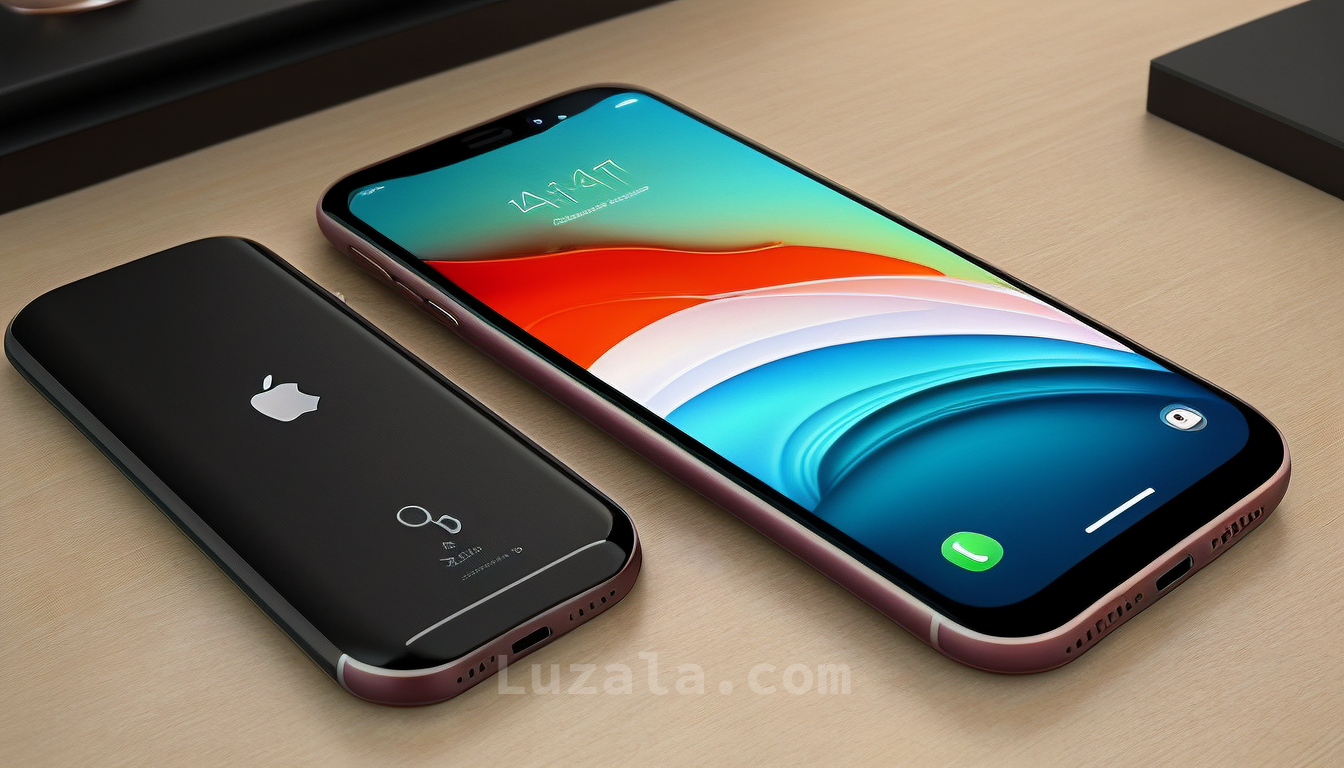The Rise and Fall of Apple's Haptic Buttons: Project Bongo Unveiled
Apples iPhone 15 Pro, originally set to feature innovative haptic buttons known as Project Bongo, faced cancellation due to technical challenges. Apple is exploring capacitive buttons for the iPhone 16 lineup.
On September 12, Apple unveiled the highly anticipated iPhone 15 Pro, but there was a notable absence – the innovative haptic volume and power buttons. This omission marked a departure from Apple's ambitious Project Bongo, a venture that aimed to revolutionize these buttons both in terms of functionality and appearance.
Over the years, Apple has consistently improved its vibration technology. It all began in 2011 with the iPhone 4S when Apple introduced linear resonant actuators, a technology that significantly reduced noise and improved response times. In 2015, the game-changing Taptic Engine made its debut with the iPhone 6s, becoming a staple in subsequent iPhone iterations. The Taptic Engine powers Haptic Touch, allowing users to receive tactile feedback by long-pressing specific areas on their iPhone's display.
Project Bongo, the internal codename for this endeavor, entailed a complete overhaul of the volume and power buttons on the iPhone 15. Unlike traditional mechanical buttons, haptic buttons are stationary and rely on pressure detection, emulating the tactile sensation of pressing a physical button through precisely tuned vibrations – known as haptic feedback.
Here's a breakdown of the intricate process that would occur when a haptic button was pressed on the iPhone 15:
Strain Gauges: The assembly incorporated two strain gauges, one on each side of the button. These gauges detected changes in pressure and translated them into resistance alterations within an electrical circuit. This shift in resistance produced a measurable change in voltage. The difference in potential between the two strain gauges was used to discern whether the user intended to increase or decrease the volume.
Strain Gauges: The assembly incorporated two strain gauges, one on each side of the button. These gauges detected changes in pressure and translated them into resistance alterations within an electrical circuit. This shift in resistance produced a measurable change in voltage. The difference in potential between the two strain gauges was used to discern whether the user intended to increase or decrease the volume.
Bongo Haptic Engine: To bring Project Bongo to life, Apple engineered the "Bongo Haptic Engine," an electromagnetically driven reluctance motor. Reluctance motors, often used in microelectronics, enable faster vibration speeds than conventional motors while delivering rapid response times. The Bongo Haptic Engine aimed to offer more nuanced vibration feedback for an enhanced user experience.
Bongo Haptic Engine: To bring Project Bongo to life, Apple engineered the "Bongo Haptic Engine," an electromagnetically driven reluctance motor. Reluctance motors, often used in microelectronics, enable faster vibration speeds than conventional motors while delivering rapid response times. The Bongo Haptic Engine aimed to offer more nuanced vibration feedback for an enhanced user experience.
Core Components: The Bongo Haptic Engine consisted of a ferromagnetic core and a copper coil, forming a solenoid. Vibrations were generated by oscillations relative to an attraction plate positioned directly underneath the engine. These vibrations constituted the haptic feedback users would feel.
Core Components: The Bongo Haptic Engine consisted of a ferromagnetic core and a copper coil, forming a solenoid. Vibrations were generated by oscillations relative to an attraction plate positioned directly underneath the engine. These vibrations constituted the haptic feedback users would feel.
Earlier in April 2023, Apple had unveiled the exact design of the Bongo module and its associated flex cables. However, the project took an unexpected turn, and Apple ultimately canceled it during the Engineering Validation Test (EVT) stage. This decision came as a result of disappointing test results and a high rate of hardware failures. Consequently, the iPhone 15 Pro's final mass production units reverted to traditional mechanical volume and power buttons.
From a design perspective, Project Bongo sought to introduce a unified volume button, consolidating volume up and volume down functions into a single button. This approach harkened back to early iPhone designs, where unified volume buttons were the norm until the iPhone 4.
Project Bongo even had its own dedicated firmware for two device models: the iPhone 15 Pro and iPhone 15 Pro Max, available in two variants – internal and customer. Notably, code related to the Bongo project hinted at a deep sleep mode.
Looking ahead, there are indications that Apple is actively developing a successor to the Bongo project for the iPhone 16 lineup. This next endeavor involves the incorporation of capacitive buttons. It's worth noting that the development process is still in its early stages, and as seen with the iPhone 15 lineup, significant changes can occur throughout the product development journey.
For the latest updates and comprehensive information on the iPhone 15 Pro and its intriguing journey, be sure to explore our dedicated roundup page.
Download your fonts:
Dirty Harry Font - Free Download
Fibography Font - Free Download
Banana Split Font - Free Download
John Wayne Ford Font - Free Download
Woodcutter Vintage Cartoon Font - Free Download
Crystal Lake Font - Free Download
Wolfganger Font - Free Download















Comments